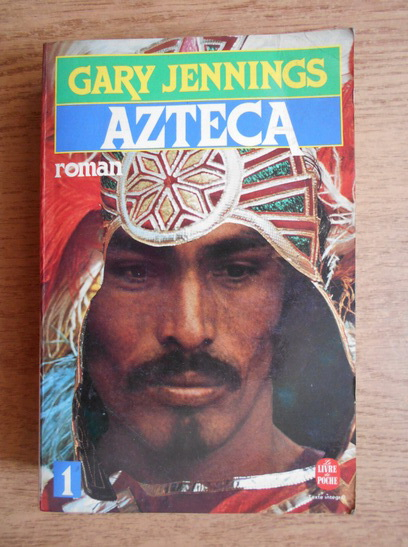
The story contains sword fights, heroic rescues and escapes, love, sex and multiple detailed run-ins with the Spanish Inquisition.Ĭharacters bounce in and out, often falling subject to Cristo's ill-fated existence. It's terrifically insightful and rich in the history and research that one finds in Jennings' other work. In Cristo's journeys of self discovery in which he's seeking both physical and spiritual origins, the reader explores the impact of the Spanish Conquest on native "indios", first generation-born new world Spaniards, and old world Spaniards as well. Suffice it to say that "Aztec Blood" is heavily focused on the class differences of early-to-mid Spanish Colonialism in post-conquest Mexico. It's impossible to truly summarize the story here.I will leave that to previous reviewers and book summaries. But the characteristics of his main character, Cristo the Bastardo, are similar to the protagonists in the other two books - he's adventurous, very self-aware, and very prone to drama. While "Aztec Blood" (the third in his "Aztec" series) doesn't compete or compare well head-to-head with his original "Aztec", I found myself drawn in and gobbling up all 750 pages.įor fans of his earlier Aztec work, there are no direct connections between "Blood" and "Aztec" and "Aztec Autumn".

"Aztec Blood" is the first of several books (and more on the way) written based on notes and outlines and published after his death. What really grabs me, though, is his intricacy and the texture he's able to draw across his broad landscapes. what was published while he was still alive), it's broad in scope, rich in detail, and absolutely epic.


Whatever one thinks of his early work (i.e. First, I have to confess that I'm a big fan of Gary Jennings.


 0 kommentar(er)
0 kommentar(er)
